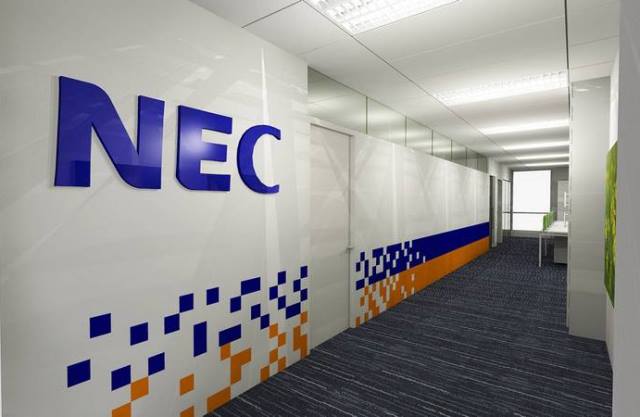NEC Corporation, a global leader in technology solutions, has achieved a remarkable milestone by successfully completing a long-distance field trial of an optical submarine cable system.

This trial showcased a new transponder boasting a groundbreaking transmission performance, reaching an impressive 800 gigabits per second (Gbps), the highest in the world based on NEC’s research.
The groundbreaking trial utilized the Indonesia Global Gateway (IGG) optical submarine cable, owned by PT Telkom Indonesia (Persero) Tbk (Telkom), the largest telecommunications carrier in Indonesia. NEC’s latest transponder, the XF3200, played a pivotal role in this achievement. During the trial, NEC demonstrated wavelength division optical transmission of 800 Gbps optical signals over an unprecedented distance of 2,100 kilometers.
The XF3200 transponder surpassed NEC’s existing products, enabling approximately 30 percent higher transmission capacity, making it an ideal device to cater to the escalating demands of international communications. Moreover, its new design and integration of the latest technologies facilitate space-saving, low power consumption, high scalability, and flexible serviceability, all contributing to a lower total cost of ownership.
Yoshihisa Inada, Senior Director, Submarine Network Division, NEC Corporation, expressed gratitude towards Telkom Indonesia for their full support in achieving this groundbreaking result. He stated, “This achievement is a confirmation of NEC’s leadership in ultra-high optical transmission systems, and we will continue to explore the limits of even greater subsea capacity, flexibility, and cost-effectiveness.”
Toto Sugiharto, Executive General Manager, Infrastructure Planning Division, Telkom, emphasized NEC’s crucial partnership in submarine cable systems over the years. He acknowledged that this field trial showcases NEC’s high-quality submarine optical transmission technology, which has further evolved to meet the escalating traffic demands throughout Indonesia.
This achievement not only pushes the boundaries of optical transmission but also sets the stage for enhanced international communications capabilities, heralding a new era in submarine cable technology and paving the way for a faster and more efficient global communication network.
